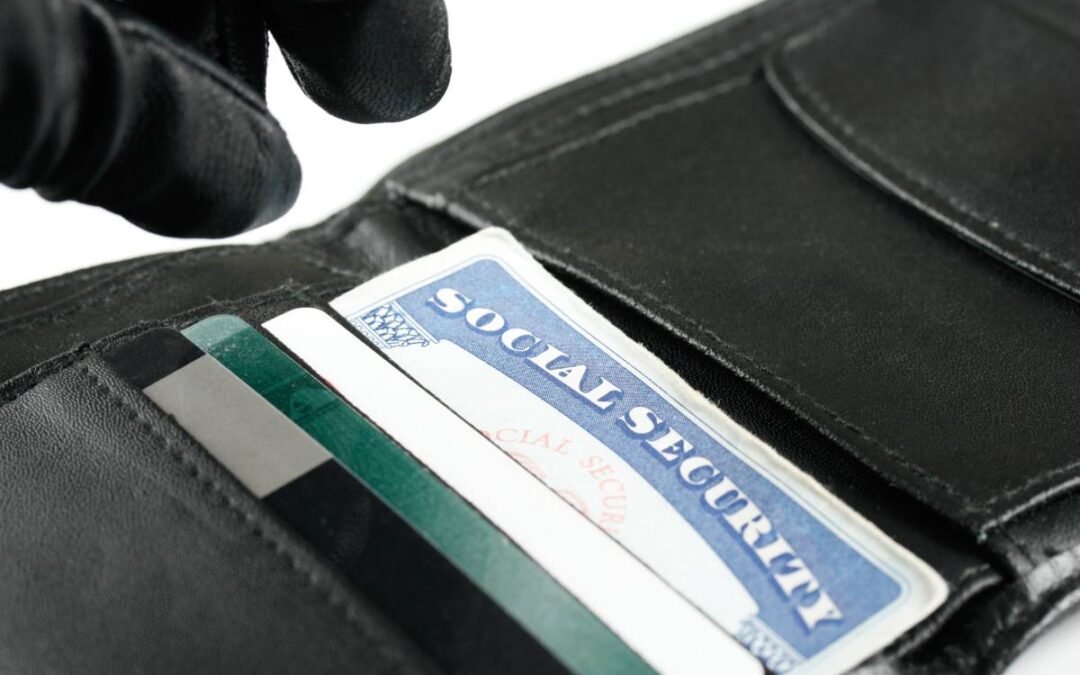Identity Theft
This year, the Internal Revenue Service (IRS) will issue around $450 billion in refunds. Targets don’t get much more tempting than this and, since identity thieves are all about the money, each February brings strong warnings about income tax-related ID theft and advice on how to dodge this particular headache.
Fraudulent returns still get past IRS filters, but the total count each year has dropped dramatically – down 65% between 2015 and 2017 alone. Why do phony returns even slip through? One primary reason is the IRS push to process returns within 21 days of receipt – often weeks before they receive your W-2. Tax fraud siphons cash out of the U.S. Treasury and triggers massive headaches for ID theft victims.
Hackers are one major cause of Stolen Identity Refund Fraud (SIRF). A Texas man was found guilty in 2019 of purchasing 560 identities on the dark web in order to submit hundreds of fraudulent tax returns.
Thieves need your Social Security number (SSN) to file tax returns in your name. They don’t need your correct wages or federal tax amounts withheld. They make that up. Since most Americans have already had their SSNs compromised in one massive data breach or another, individuals and organized criminal groups can buy SSNs online. Thousands of phony returns were ready before filing season even opened this year; hackers want to get a jump on legit taxpayers.
IRS imposters generate a second type of fraud. The phone rings. Caller ID shows a Washington DC area number or even lists the IRS as the caller. If you answer, the individual poses as an IRS employee complete with (phony) badge number. Any calls that meet these criteria are phishing scams. The caller wants Personally Identifiable Information (PII) like date of birth or mailing address. One more bit of your data could be all they need to submit a false refund claim. Don’t cooperate. Ignore any voicemail, email or text messages received should, Call or email the IRS to report them at [email protected]. Report suspicious phone calls or written communications claiming to be from the IRS to the Treasury Inspector General.
PLEASE REMEMBER: The IRS never calls taxpayers without first sending a written letter to them via regular mail. Spread the word.
A third type of attack is known as Business Email Compromise (BEC). If you’re an employee who works with payroll data, double check every email you receive that claims to be from a top company executive. Some thieves request a copy of all W-2s for the executive’s staff. Others order you to make a wire transfer immediately. These phishing scams have been scarily successful in recent years..
Think twice about any email you receive at work that seems even a bit odd. Ask a colleague to be your phishing buddy and check it over with you. Don’t invite misery by inadvertently causing identity theft for hundreds of your co-workers. No one will blame you for double checking, and the guy sitting next to you will be grateful you’re hypervigilant.
Emerging Patterns Are Key
A web connecting victims emerges from some hacks. These connections help investigators trace the crimes back to their point of origin and plug leaks. In other cases, victims and specialists are left scratching their heads.
In 2014, a tsunami of identity theft crimes crashed down upon workers and volunteers at an archdiocese in Washington state. Hundreds of individuals had their tax refunds rejected as duplicates; their identity theft cases created a pattern of abuse that pointed investigators toward possible causes. Initially, a compromise of 9,000 background checks seemed likely, but that pattern proved tough to nail down. When the IRS learned of the breach, extra checks were implemented for all filers from this group..
Whenever patterns emerge, hacked companies or worried employees can call the IRS Identity Protection Specialized Unit at 800-908-4490 to receive guidance.
Who prepares your return?
The majority of taxpayers hire help with preparation every year, and that can open another door to fraud. Lawn signs that spring up in January and February or fliers at the local community center recommending a preparer might generate shady leads. Better to ask a friend or family member to recommend someone they’ve used in the past and avoid pitfalls.
Last year, a preparer from Inglewood, CA, was sentenced to over five years in prison for attempting to steal $5.6 million in fraudulent tax returns. That individual filed 222 false returns for himself or clients.
In 2018, a Macon, GA tax preparer was charged in a tax refund scam after employing the identity of a deceased client to grab a tax refund and faking returns using other clients’ PII. In total, this dishonest preparer submitted nearly $1 million in refund requests.
A Los Angeles County worker pled guilty in 2018 to defrauding the IRS after she obtained child identities from a county government database to use their identities in tax refund fraud.
These are just a handful of federal actions taken against tax preparers and other individuals whose employment gives them access to taxpayer PII. If you have concerns about a preparer you interview, report them to the IRS.
Self Help
It begins by being stingy with your data.
Don’t share your SSN too freely. Your doctor doesn’t need it to perform an MRI, for example. Leave such requests blank.
Be careful what you share at the checkout counter. Retailers will often seek an email address or zip code. Expect junk mail if you share and know a would-be identity thief could overhear those details.
Set up your online account at irs.gov before someone else does!
Next, do some research and be proactive.
Add a fraud alert to your credit files if SIRF occurs. If there’s one misuse of your identity, others will probably follow.
Check a credit report or two to make sure this hasn’t already occurred.
Finally, spread the word – especially to vulnerable populations like the elderly or English language learners. If you belong to any community organizations, churches or other groups, download IRS warning fliers and post them.
What happens next?
If the worst happens and the IRS holds a return for examination, expect a 5071C letter asking you to call the agency to confirm the return’s legitimacy. Again, it comes via U.S. Mail.
If SIRF has occurred, fill out an IRS Identity Theft Affidavit called Form 14039. Be forewarned. Resolution delays can pile up. In 2011, the average time for resolution was almost a full year. In 2016, it dropped to 166 days. This year, the IRS web page on assistance indicates that it may take four to six months, but individual cases could take longer.
Eventually most cases get untangled and legit refund checks are mailed. However, delay hits some folks quite hard – especially those planning a big purchase with a refund or facing major bills like spring semester college tuition.
In the final analysis, what’s the best protection? File your return as soon as possible to beat the hackers to the finish line.
IDShield is a product of Pre-Paid Legal Services, Inc. d/b/a LegalShield (“LegalShield”). LegalShield provides access to identity theft protection and restoration services. For complete terms, coverage and conditions, please see www.idshield.com. All Licensed Private Investigators are licensed in the state of Oklahoma. This is not intended to be legal or tax advice. Please contact an attorney or tax professional for advice or assistance.







